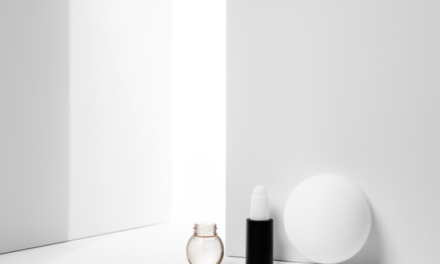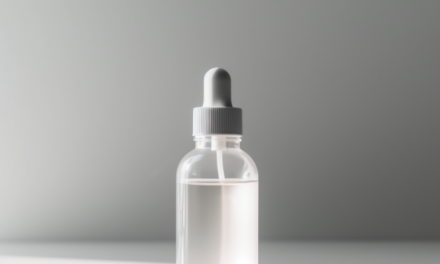Anti-Aging
Peptides
Peptides are a confusing active in skincare. On one hand, we have research that shows that they can work and deliver impressive skin results. On the other hand, there are hundred of different peptide ingredients in skincare products, and some of them can do little more than a simple moisturizer. Read on to learn about the difference.
Products with most effective peptides for anti-aging
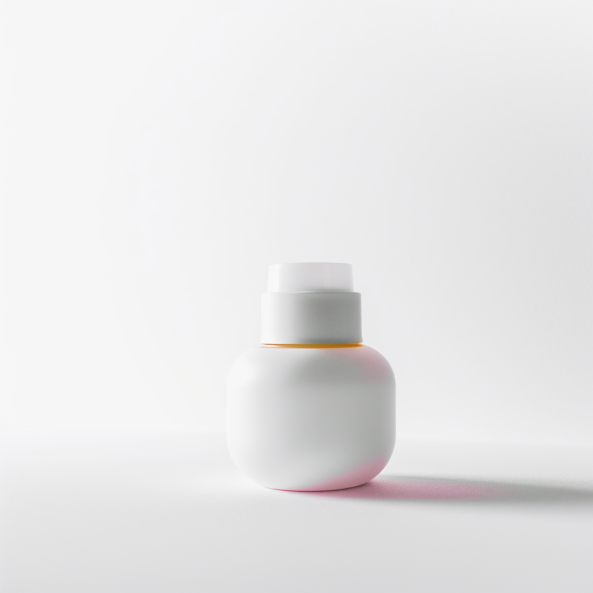
Matrixyl
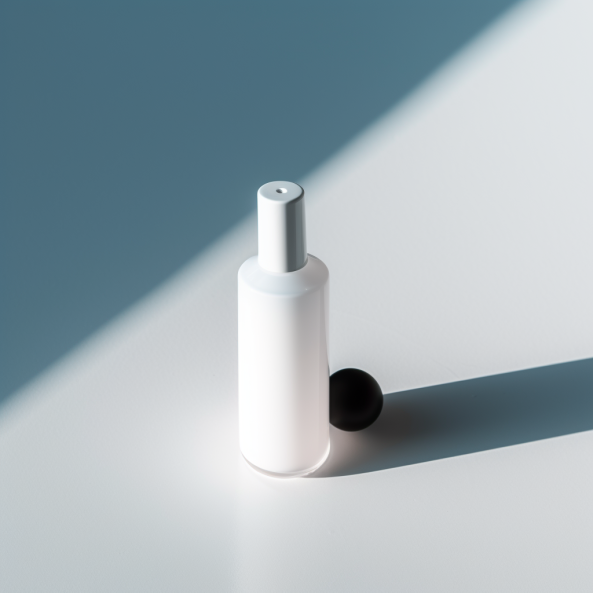
Argireline
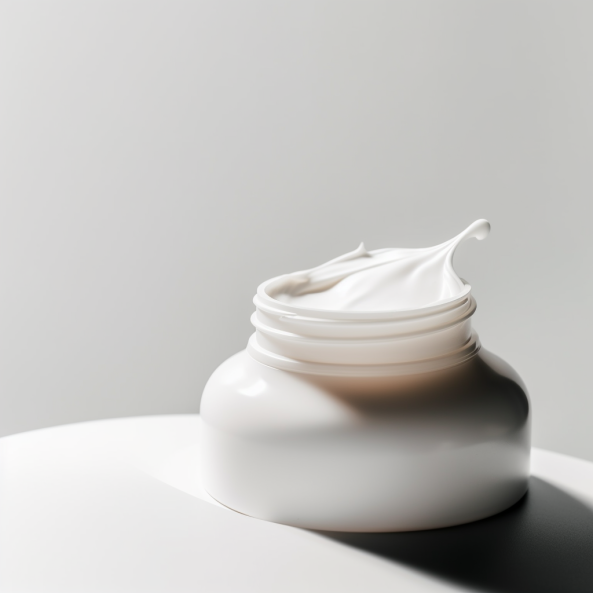
Copper Tripeptide-1

Palmitoyl Tripeptide-5
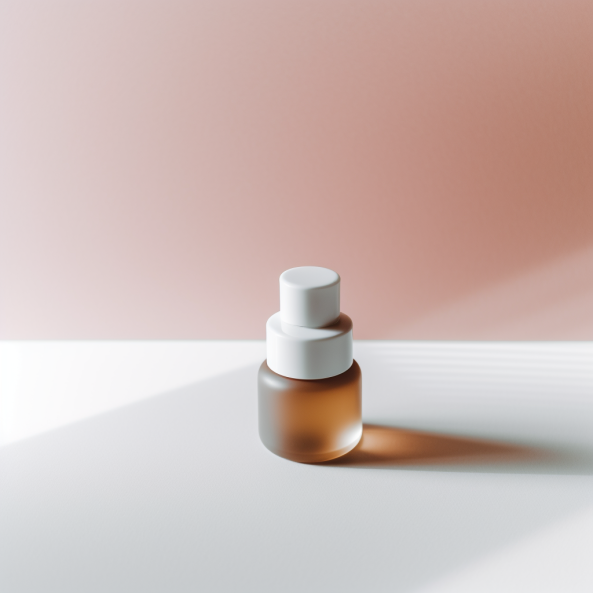
Tripeptide-10 Citrulline

Tetrapeptide-21
Learn more about peptides and how to use them in an anti-aging skincare routine.
What are peptides?
All proteins (for example, collagen, elastin, keratin) consist of amino acids. All proteins are made of only twenty unique amino acids, but in very different combinations, where the same kind of amino acid can repeat multiple times. This is similar to an alphabet: you can form many thousands of unique words from just a few dozens of letters. If we use this analogy, amino acids are letters, and proteins are words. Peptides then are syllables: they are usually way shorter than words, but consist of the same letters.
Proteins (“words”) contain somewhere between 50 and 5000 amino acids (“letters”). Peptides (“syllables”) contain between 2 and 50 amino acid “letters”.
About a century ago, researchers discovered that peptides play an important role in many very different biological processes. For example, they can kill bacteria: the first antibiotic, penicillin, is a peptide. Peptides’ key “power” is in their ability to bind to cell receptors. This binding serves as a signal: the receptor becomes active and starts or stops doing something. Different peptides can bind to different receptors and start very different processes. For example, they can signal to skin cells to produce more collagen, stop inflammation or speed up wound healing. Some peptides work differently and use receptors as “door” to get inside a cell (for example, a bacteria) and disrupt it. This is how antibiotic peptides work. For instance, the first discovered antibiotic penicillin turned out to essentially be a peptide.
Peptides are already used a lot in medicine, and have a potential to revolutionize the treatment of many diseases. They can also help our skin stay and look younger, but not every serum or cream with peptides you pick up in a cosmetic shop can actually have this impact.
What can peptides do when used in topical skincare?
In theory, peptides can reduce fine lines and wrinkles, reduce pigmentation, decrease inflammation, somewhat prevent elasticity loss and even reduce under-eyes bags or work like a “topical botox” by blocking muscle contractions under the skin surface. In practice, most of these effects stay theoretical because the biological activity of peptides gets lost somewhere on the way between the formulation and its delivery to the deep layers of the skin where living cells are.
There are hundreds of different peptide actives on the market, and each of them has a different effect (at least, in theory). On product ingredient lists, they appear as “tri-/penta-/hexa-/octa-” + “peptide”, sometimes with a number afterwards and/or a word like “palmitoyl” or “acetyl” at the end (for example, “palmitoyl octapeptide-24”) . If you are after a specific skin result, you’ll need to be careful to choose a product with the right peptide.
In terms of concentration, some peptides work even in very small amounts, while others need at least 2.5%-10% concentrations to work.
Good news is most peptides used in skincare do not have major known side effects (but there are exceptions). Peptides are not irritating and agree even with the most sensitive skin. In addition, even if peptides fail to get to the living skin cells, they still work as humectants on the skin surface. In short, peptides can work some skin magic, in practice they often don’t, but at least they make your moisturizer more effective in hydrating.
Challenges with peptides in topical skincare
To work in skincare, peptides need to:
- Penetrate the top layers of the skin and reach the living cells there.
- Stay biologically active until the moment they reach the living cells.
These are tremendous challenges because a lot of factors can interfere with both conditions (for example, pH of the formulation, pH of the skin surface, whether the peptide is “tied” to a lipid or encapsulated to penetrate the skin barrier, or if skin own enzymes degrade it earlier than it reaches the living cells). Only a very careful and knowledgeable formulation can deliver the peptides to the living skin cells as intended. This is why, as a rule of thumb, it is a good idea to buy peptides from brands that are owned by companies that originally developed and tested each particular peptide. Even if their patents expire and other formulators get access to the peptide active, the “chef secrets” are not shared with them and the formulations they produce might not have the same effect as the originals (unless, of course, they run a clinical trial on their own formulation which almost never happens once the active is patent-free).
The other challenge is that peptides are expensive to develop, study and formulate with. Often, to find one peptide that might have a specific effect in skin, researchers need to synthesize and test way over 50 different peptide options. Even when a good candidate is found, it might end up not working when applied to the skin topically, and then the research & development process needs to start again. Some cosmetic companies, of course, are less thorough in their research & development approach, and can simply release a peptide that doesn’t really work hoping that a nice marketing story will still sell it. This is why you can’t expect an anti-aging or other effect from an ingredient just because it is a peptide.
The research is mostly funded by cosmetic companies (or their suppliers). Many peptides are protected by patents so the public does not even know their exact structure. Studies of the effectiveness of these peptides are also conducted by the producers. Some of the producers follow good methodologies and are quite transparent about their study design and results. Other studies read more like a marketing brochure, and can be hardly trusted. Even in the best case scenario, the evidence we have for peptides do not come even close to the level of evidence we have for the efficacy of skincare actives like retinoids or niacinamide.
What peptides do actually work in topical skincare?
This is not an exhaustive list. We will be updating it gradually, as we process more scientific papers 🙂.
Palmitoyl pentapeptide-4 (Matrixyl)
This is one of the first peptides used in cosmetic skincare for anti-aging. Procter & Gamble led and funded its research and development. This is why you can often see this peptide in the P&G brand Olay. In a clinical trial funded and conducted by P&G with 180 caucasian women aged 35-55 showed that a moisturizer with less than 0.01% concentration of Palmitoyl pentapeptide-4 used twice daily for 12 weeks can visibly reduce wrinkles. (The study was placebo-controlled, split-face randomized and double-blinded).
Acetyl Hexapeptide-8 (Argireline)
This is the first and best researched “topical botox” type of a peptide. It can impact the muscles underneath the skin surface and decrease their contractions. This can prevent and somewhat reduce the “mimic” wrinkles like lines in the corners of the eyes. This peptide was originally developed by a Spanish research laboratory Lipotec and is sold to cosmetic formulators under the trade name “Argireline”. It can now be bought from different ingredient suppliers. A study done with 40 female participants showed that applying a cream with 10% Acetyl Hexapeptide-8 can slightly reduce the mimic lines, but the effect does not come close to a botox injection.
Copper Tripeptide-1 (Cu-GHK)
This is another relatively well-researched peptide. Its anti-aging properties were discovered in medical research by accident. Cosmetic companies can buy it freely from different ingredient suppliers. This peptide can improve wound healing and stimulate collagen production. Three relatively large clinical trials confirmed that a twice-a-day application of a product with about 2.5% Cu-GHK can reduce wrinkles, increase skin density and thickness after about 12 weeks. This peptide can also stimulate hair growth, resulting in thicker hair. It can be used as a hair growth treatment on the scalp, but this property can be an unwanted side-effect for using it on the face. Another potential issue is that there is a possibility that using too much (too high concentrations, too frequently) can result in more, rather than less wrinkles because of the role this peptide plays in wound healing processes (it involves destructing old as well as producing new collagen). It is not clear how common this side effect is, but it is definitely a good idea to stick to once- or maximum twice- daily application of Cu-GHK.
Palmitoyl Tripeptide-5
Palmitoyl tripeptide-5 is a synthetic signal peptide. It can promote collagen formation in skin. A controlled trial with 60 healthy volunteers showed that a cream with 2.5% concentration of the Palmitoyl Tripeptide-5 can reduce wrinkles when applied twice daily for three months. This peptide is developed and tested by a Swiss bioresearch company Pentapharm and is sold to skincare brands under the name Syn-Coll.
Tripeptide-10 Citrulline
Tripeptide-10 Citrulline is a peptide with promising firming effects that mimic the natural binding of a natural skin-firming compound decorin to collagen. A single-blind parallel group controlled trial with 22 female volunteers showed that a cream with 0.01% encapsulated liposomal Tripeptide-10 Citrulline applied once daily for 28 days can meaningfully improve skin suppleness. Because of how this peptide works, the effect most likely lasts only as long as you keep using it and your skin will return to the baseline once you stop the products. This peptide was developed a Spanish research laboratory Lipotec, the same one that developed Argireline. It is now sold to skincare brands under the name Decorinyl by the supplier Centerchem.
Tetrapeptide-21
It was developed by a German company called Evonik. To see if it worked against skin aging, researchers conducted a study with 10 volunteers. One person applied a cream with no Tetrapeptide-21, and nine others applied a cream with 0.005% of it. After eight weeks, the researchers looked at skin samples from all 10 volunteers. They found that those who used Tetrapeptide-21 had more collagen and better elasticity compared to the placebo user.
Then, the same researchers tested the impact of Tetrapeptide-21 on facial wrinkles in a study with 30 volunteers. Although the study was placebo-controlled, the researchers didn’t share all the design details. After 8 weeks, only Tetrapeptide-21 decreased facial wrinkles significantly, while the placebo had no effect.
Sources
-
Topical peptides as cosmeceuticals opical peptides as cosmeceuticals https://ijdvl.com/content/126/2017/83/1/Images/ijdvl_2017_83_1_9_186500.pdf
-
Topical palmitoyl pentapeptide provides improvement in photoaged human facial skin https://onlinelibrary.wiley.com/doi/abs/10.1111/j.1467-2494.2005.00261.x
-
Bioactive oligopeptides in dermatology: Part II https://onlinelibrary.wiley.com/doi/full/10.1111/j.1600-0625.2012.01527.x
-
A synthetic hexapeptide (Argireline) with antiwrinkle activity https://onlinelibrary.wiley.com/doi/abs/10.1046/j.1467-2494.2002.00153.x
-
The anti-wrinkle efficacy of Argireline https://www.tandfonline.com/doi/abs/10.3109/14764172.2013.769273
-
Liposomes Containing Acetyl Hexapeptide-3 (Argireline):
-
Preparation and Evaluation of Skin Permeation http://latamjpharm.org/resumenes/37/1/LAJOP_37_1_1_6.pdf
-
Role of topical peptides in preventing or treating aged skin
-
https://onlinelibrary.wiley.com/doi/full/10.1111/j.1468-2494.2009.00490.x
-
GHK Peptide as a Natural Modulator of Multiple Cellular Pathways in Skin Regeneration
-
https://pubmed.ncbi.nlm.nih.gov/26236730/
-
Common cosmeceuticals https://www.sciencedirect.com/science/article/abs/pii/S0738081X09001217
-
Acetyl hexapeptide-3 in a cosmetic formulation acts on skin mechanical properties – clinical study https://www.scielo.br/j/bjps/a/ckMPLjWkwkLXsK5wdGHC4Yc/?lang=en&format=html#
-
Syn-Coll by Pentapharm https://cdn.shopify.com/s/files/1/0026/8317/5001/files/tech_data_syn_coll.pdf?14070394074452835688
-
A new decorin-like tetrapeptide for optimal organization of collagen fibres https://onlinelibrary.wiley.com/doi/abs/10.1111/j.1468-2494.2008.00429.x
-
Bioactive tetrapeptide GEKG boosts extracellular matrix formation: in vitro and in vivo molecular and clinical proof https://pubmed.ncbi.nlm.nih.gov/21692860/

